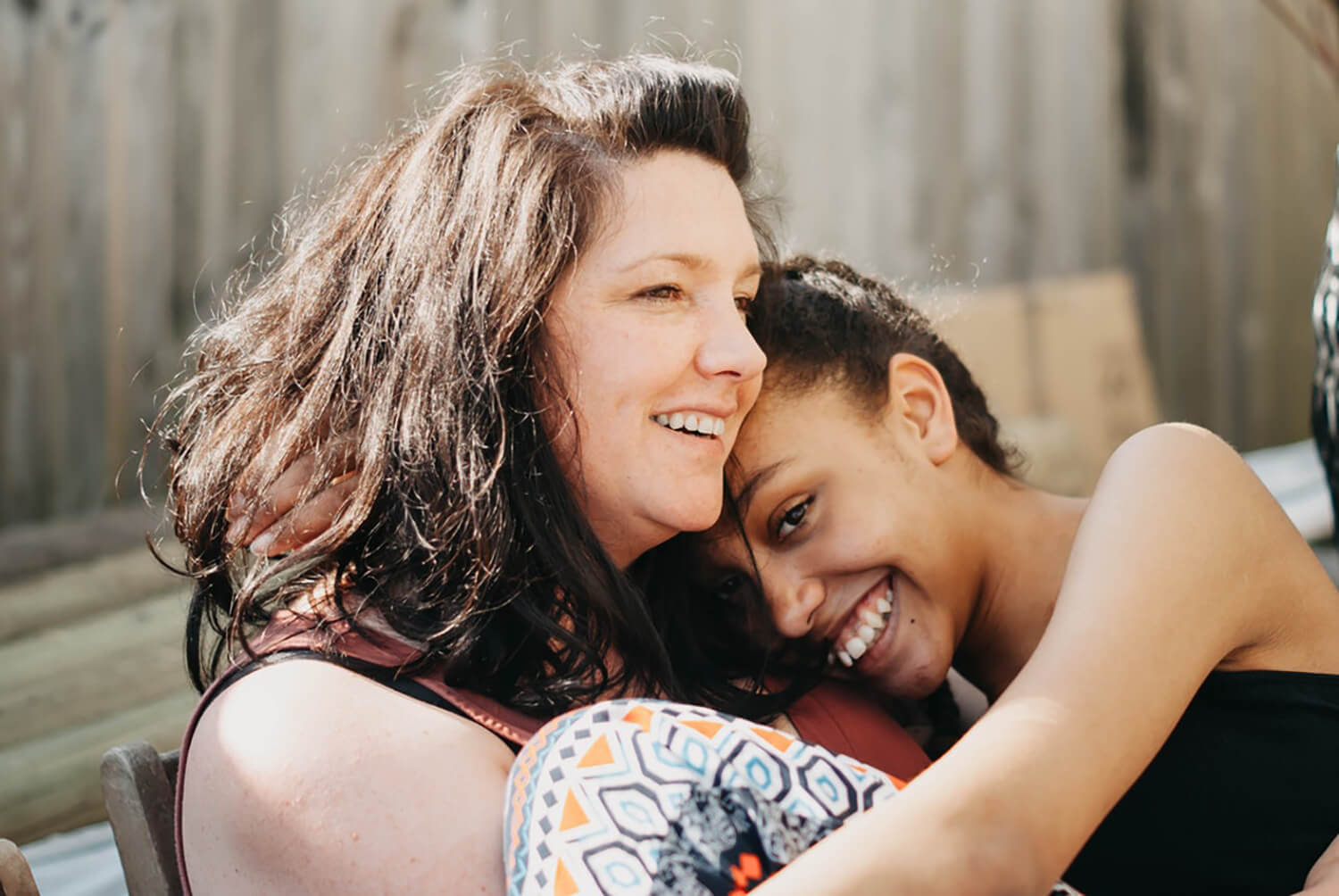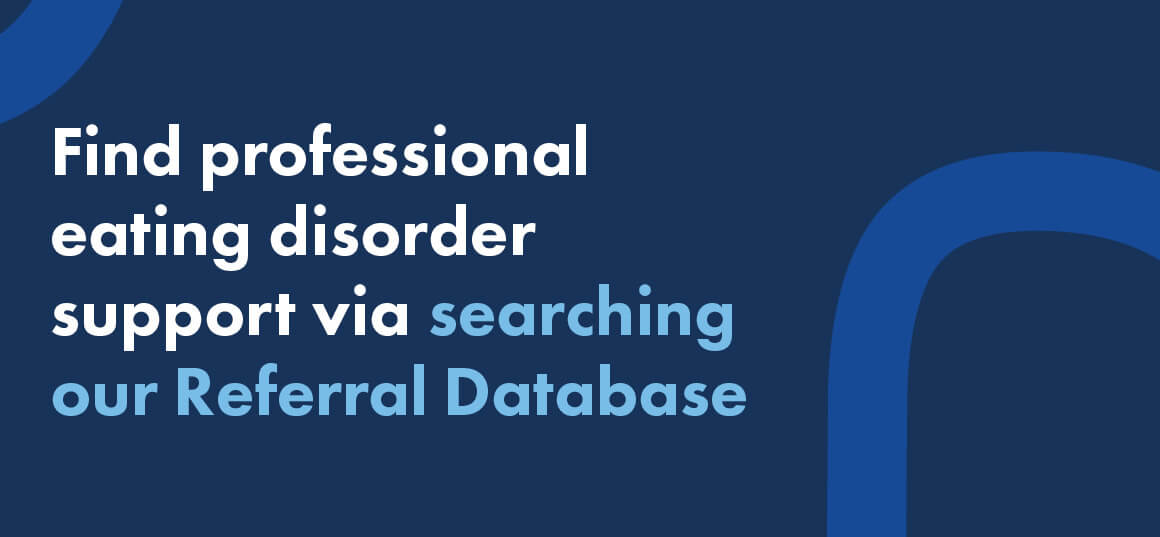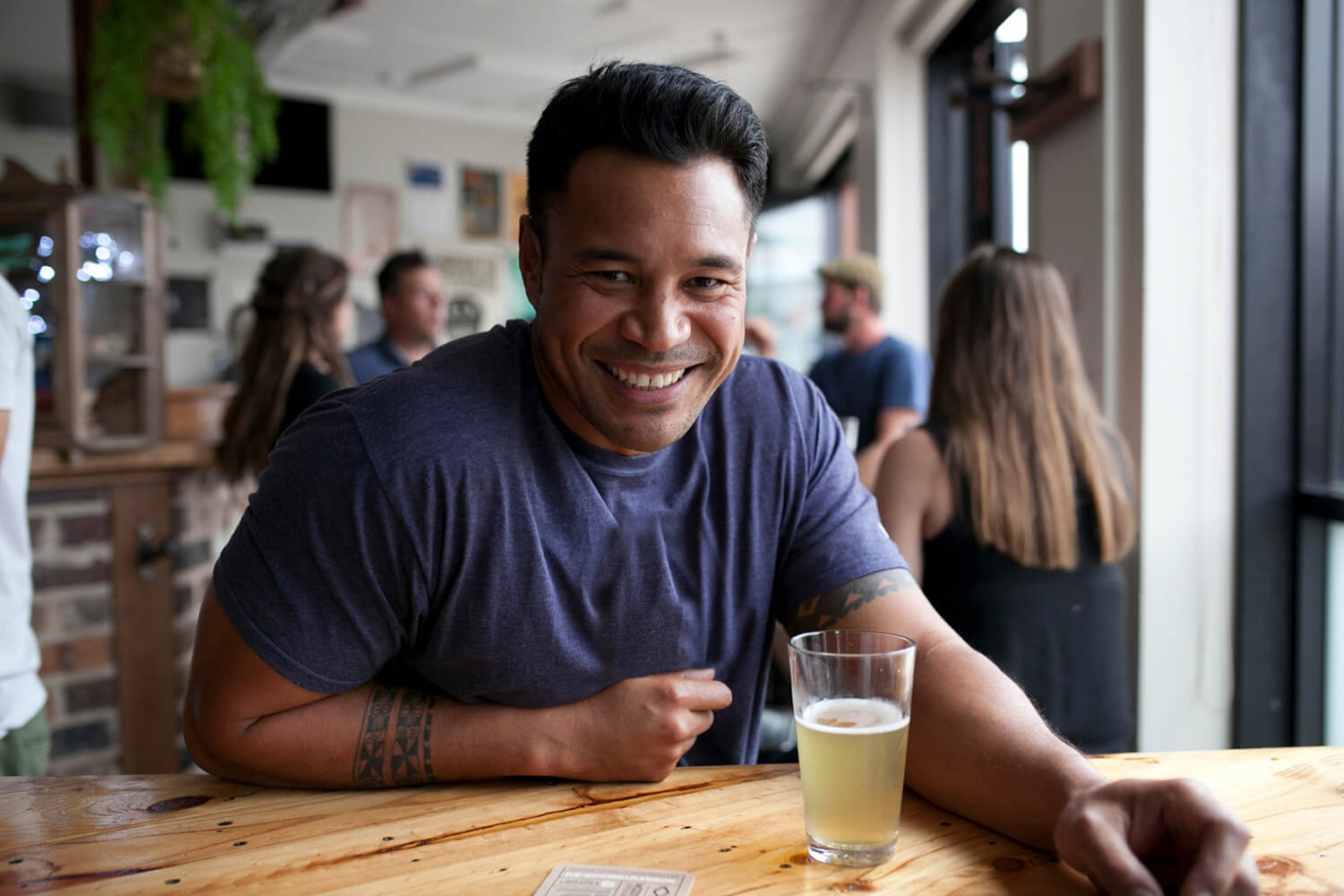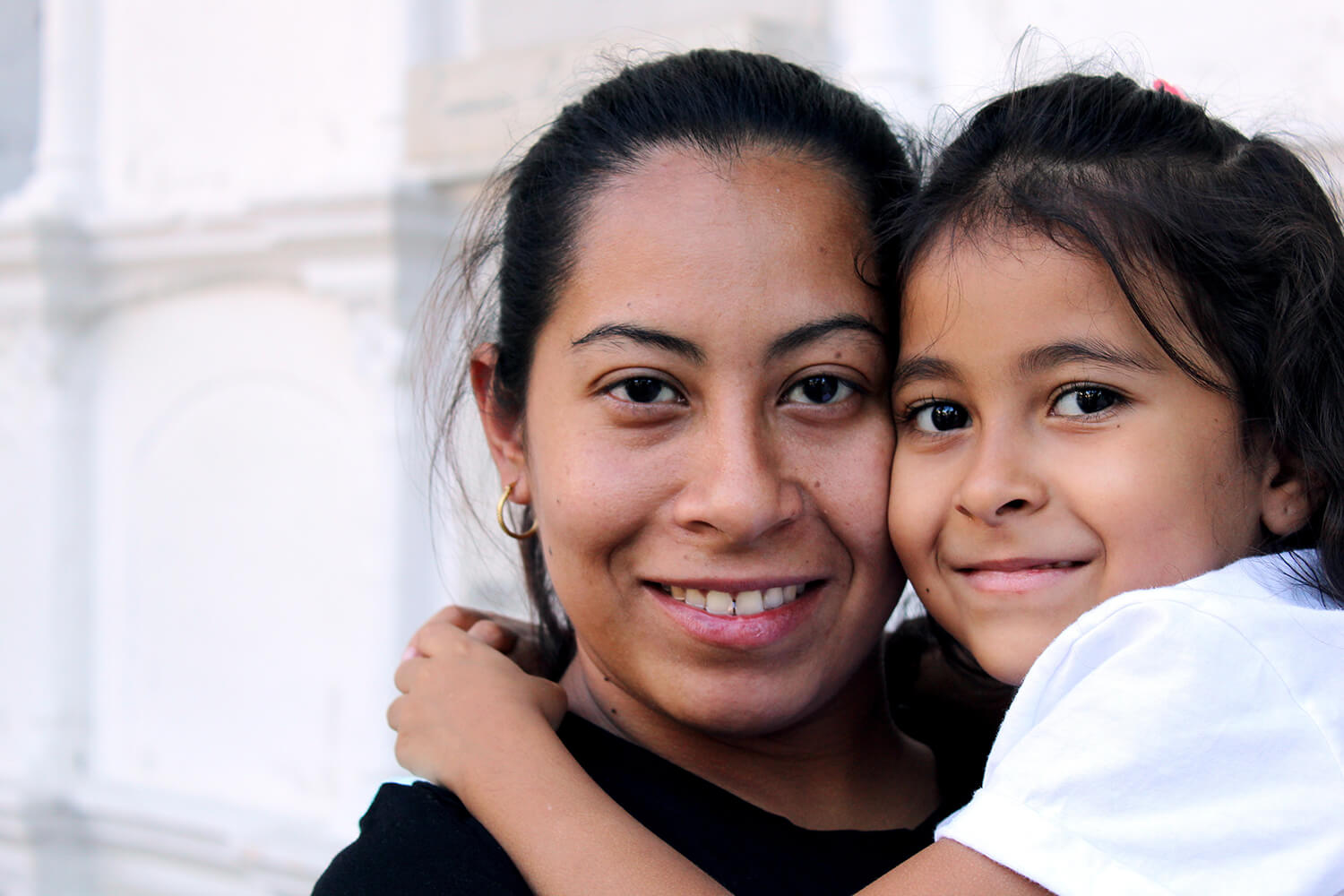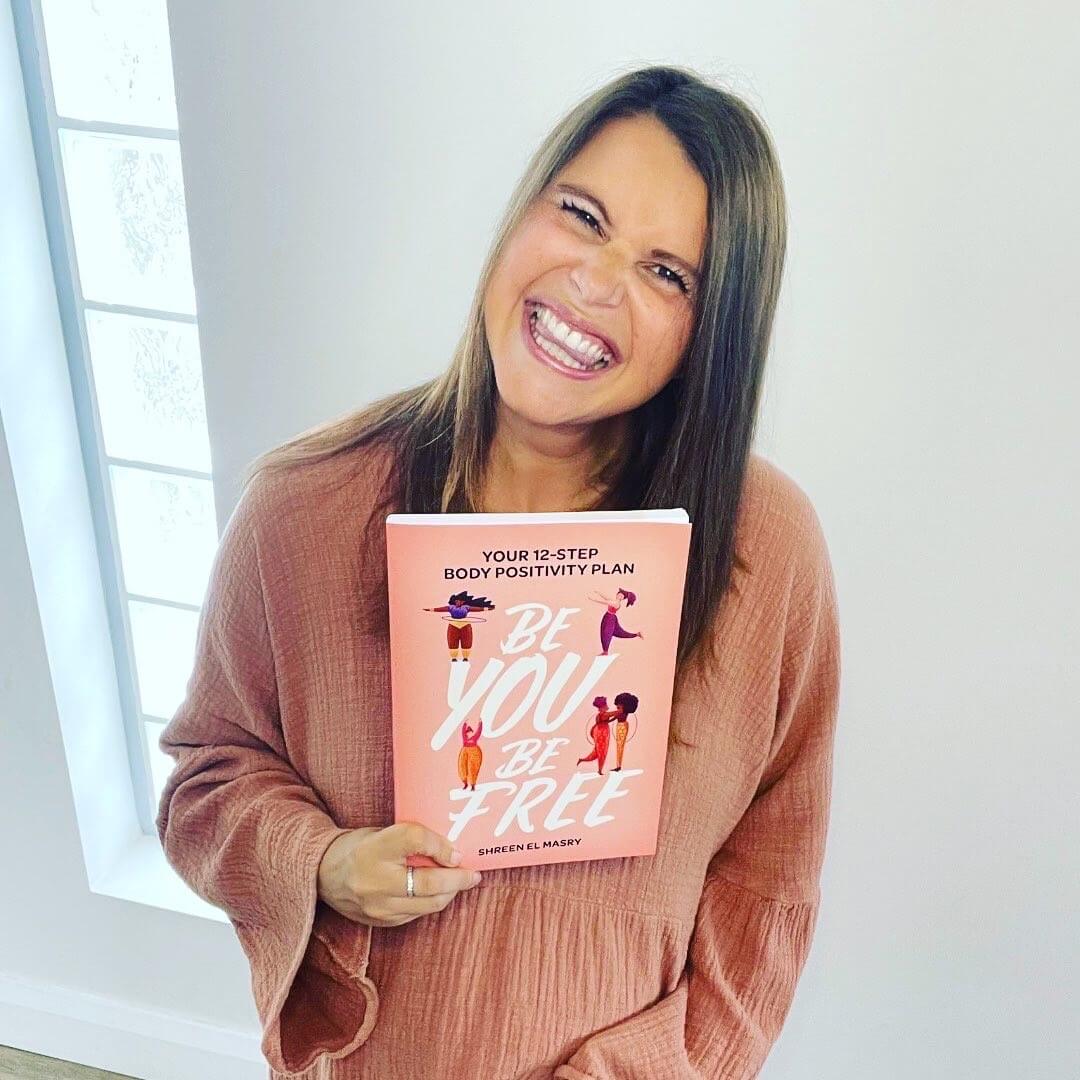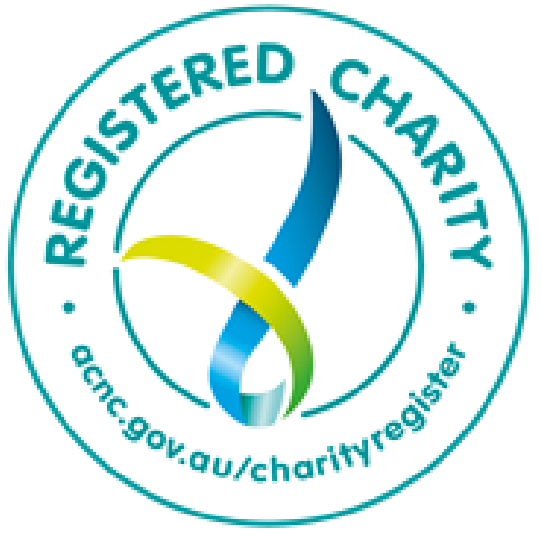Why the thin ideal & ‘heroin chic’ cannot make a comeback
On 2nd November 2022, The New York Post claimed “Bye Bye Booty: Heroin Chic is back”, stating “the latest questionable ’90s trend to make a return is an extremely thin physique.” What follows is an article that reduces women to their appearance and positions bodies as a trend, only worthy of praise or acceptance if they meet the ‘thin ideal’.
As someone who has lived experience of an eating disorder, I know firsthand how damaging the internalisation of the thin ideal can be and how it can be compounded by media. Like many who grew up in the early 2000s, diet culture was engrained entirely throughout my life and the thin ideal was baked into my consciousness. The Biggest Loser and America’s Next Top Model were staples in my TV viewing.
I dreamed of looking like Nicole Richie or the Olsen twins – and obsessively tracked everything that went into my mouth for years in the hopes my body could become like theirs. My internalised fatphobia, only compounded by the media’s inhumane portrayal of larger bodies, was off the charts.
I thought thinner was better, and my perfectionistic mind would do anything to get there. Bubbling away under the surface was also the presence of ‘thinspiration’ on Tumblr, only intensifying my eating disorder and making recovery much harder than it needed to be.
Many years later and demonstrating full recovery is possible, I’m now honoured to work as Butterfly’s Digital Content Coordinator. For the last few years in my role, I’ve spent almost every day on social media, interacting with and learning from our community of passionate lived experience advocates and supporters.
The social media content I view behind the Butterfly lens is very, very different to the ‘thin ideal’ content I once used to spend hours scrolling through. Butterfly’s feed has been curated to be full of diverse bodies, of all shapes, sizes, genders, ages and ethnicities.
Research highlights viewing more diverse bodies on social media can allow for a ‘recalibration’ of what is considered healthy and ‘normal’, and I can attest firsthand to the fact social media can be a positive place for ongoing eating disorder recovery.
It’s thanks to the incredible and tireless body positivity, body neutrality and fat acceptance advocates who show up every day for the simple right to be valued for more than their appearance. We must nurture, foster and promote this mentality if we are to ever see a world free from body dissatisfaction.
However, in girls as young as 5, favouring thinner bodies has been related to reporting an intention to diet to avoid getting fat. This is no surprise when we’ve grown up with fatphobic media, and the thin ideal positioned as the be all and end all.
The reality is this only profits off our insecurities, and people who internalise this ‘thin ideal’ have a greater risk of developing body dissatisfaction, which can lead to eating disorder behaviours. Labelling this a “trend” also only glamourises eating disorders; a very serious psychiatric illness, with one of the highest suicide rates in Australia.
“While the resurgence of 90s/early 2000s fashion trends can be viewed as exclusionary in itself, to see our bodies now being commodified as part of this trend is really damaging and harmful – particularly for those who have lived experience, are at risk of an eating disorder or currently in recovery.” – Melissa Wilton, Head of Communications & Engagement, Butterfly.
Our bodies are not trends, and to suggest we should alter our shape or size because the media has deemed a certain look “fashionable” only reinforces the narrative that in order to be accepted in our society and to be worthy you must be thin. We know how damaging and unrealistic this is, and we urge the media to realise the consequences of their reporting.
The return and praise of the “heroin chic” movement highlights just how insidious and prolific diet culture and fatphobia continues to be in our society. The media constantly promotes weight-loss success stories (and vilifies any weight gain), emphasises appearance as the most important aspect of an individual, and uses stigmatising language towards those in larger bodies.
This is only compounded by celebrities and influencers who publish images of unrealistic bodies, quick fix weight loss solutions and restrictive diet tips on social media.
It’s exhausting. But unlike my experience where accessing the internet was via a clunky old computer with dial up only, today’s generation is now bombarded with this toxic content in every and any location, 24 hours a day, 7 days a week.
So, it’s imperative the social media content we consume is diverse, inclusive and more representative of ‘everyday’ life – and not merely just a highlight reel of carefully curated and photoshopped selfies.
It’s also important to note eating disorders are not caused by social media or the media alone. They are complex in their development, and usually result from a combination of psychological, environmental and genetic influences. But in my experience, the media’s celebration of the thin ideal can play a part, and undeniably makes recovery more difficult.
Research also confirms being exposed to beauty and appearance ideals in the media can increase body dissatisfaction, encourage weight loss practices and increases the internalization of the thin ideal, all of which are known modifiable risk factors for eating disorders – i.e., something that can be changed to prevent an eating disorder from developing.
So, where to from here?
I wouldn’t be lying if I said the thought of the thin ideal returning into vogue terrifies me. Every day on social media, I see the impact of growing up in the thin-obsessed ‘90s and 2000s – through the people who are now eating disorder and body image advocates, using their lived experience to change the picture of body dissatisfaction. They’ve come out on the other side, but what about the next generation who must contend with these ideals on an intensified, round-the-clock scale? What about those still going through eating disorder recovery, fighting for their mental health everyday, in an already appearance-obsessed world?
Eating disorders are still increasing across the globe. Fatphobia and weight-based discrimination is still rife. We must remain as vigilant as ever, and we absolutely cannot return to the overt glorification of the thin ideal that was synonymous with the ‘90s and early 2000s.
“Diet culture and the positioning of body types as a trend — one that you seemingly must fit into in order to garner social acceptance — makes for a profitable business. This commercialisation of bodies has existed in the media forever, but it does not and should not continue to be that way. A pair of low-rise jeans is a product. It can be a trend. You are not a product. Your body cannot be and is not a trend.” –Ella Sangster
It is now on us to say no – the power is in our hands like never before. Recognise the influence diet culture has in your life and refuse to buy the diet products. Celebrate your body for what it can do for you, not what it looks like. Amplify the voices of fat activists who continue to be discriminated against.
Unfollow celebrities or influencers pushing toxic beauty and body standards. Call out dangerous and harmful media reporting. Be an advocate for organisations like Butterfly, who are working tirelessly to spread awareness about eating disorders, provide support and improve treatment options for those impacted.
And ultimately, stop commenting on other people’s body and appearance.
Further reading
- Mindframe Media Guidelines for the safe reporting and portrayal of eating disorders
- Diet culture 101: What is it and how can we combat it?
- What is fatphobia and weight stigma and how can we challenge it?
- ‘Step Backwards’: Aus Experts Slam ‘Heroin Chic’ Revival As Helpline Calls Spike 275% In 5 Years
-
The ’90s may be going viral, but that doesn’t mean we need to re-enter a heroin chic epidemic
- What role does social media play in the development of negative body image and eating disorders?
Get support
If you need support for an eating disorder or body image concern, or know someone who does, reach out to Butterfly’s National Helpline on 1800 ED HOPE (1800 33 4673), chat online or email support@butterfly.org.au | Confidential and free support is available 7 days a week, 8am-midnight (AEDT).





